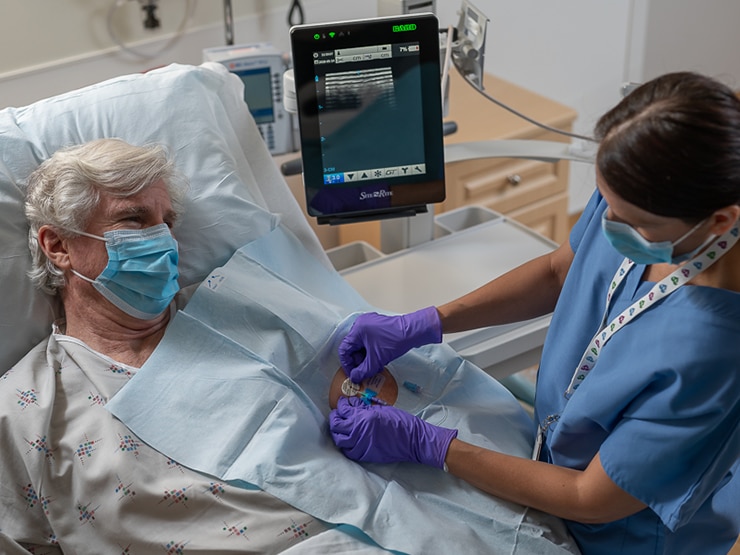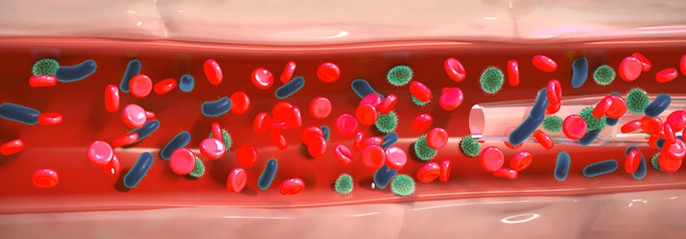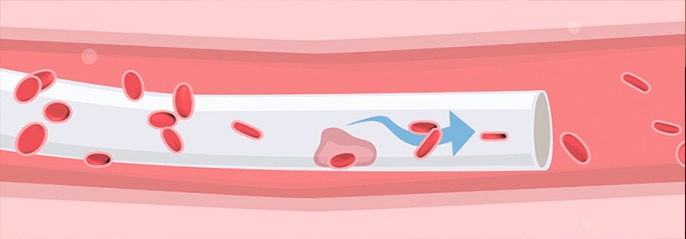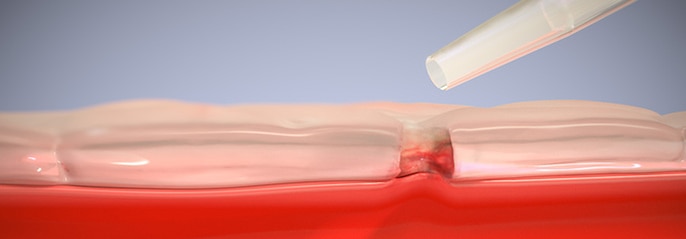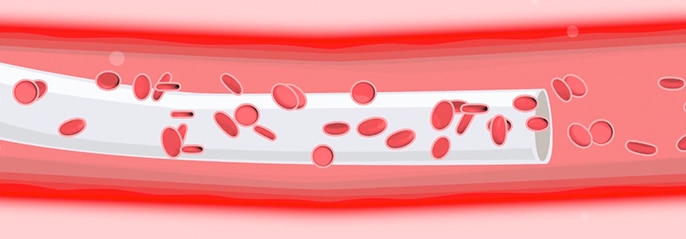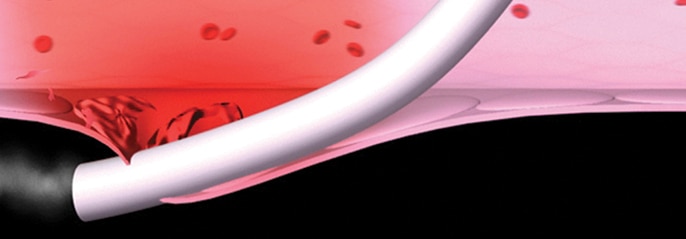Vascular access management
References
- Helm RE, Klausner JD, Klemperer JD, Flint LM, Huang E. Accepted but unacceptable: peripheral IV catheter failure. J Infus Nurs. 2015;38(3):189-203
- Infusion Nurses Society. Infusion Nursing Standards of Practice. J Infus Nurs. 2021;39(1S):S1-S159
- Safdar N, Maki DG. The pathogenesis of catheter-related bloodstream infection with noncuffed short term central venous catheters. Int Care Med. 2004;30(1):62-67. doi: 10.1007/s00134-003-2045-z
- Tacconelli E et al. Epidemiology, medical outcomes and costs of catheter-related bloodstream infections in intensive care units of four European countries: literature- and registry-based estimates.Journal of Hospital Infection, 2009, 72:97–103
- Maunoury F. et al. Cost-effectiveness analysis of bundled innovative devices versus standard approach in the prevention of unscheduled peripheral venous catheters removal due to complications in France. PLoS One. 2022 Jun 14;17(6):e0269750. doi: 10.1371/journal.pone.0269750. PMID: 35700207; PMCID: PMC9197036
- Carole Hallam et al. “Development of the UK Vessel Health and Preservation (VHP) framework: a multi-organisational collaborative”, Journal of Infection Prevention 2016
- Mauro Pittiruti et.al European recommendations on the proper indication and use of peripheral venous access devices (the ERPIUP consensus): A WoCoVA project” The Journal of Vascular Access 1–18 © The Author(s) 2021
- I. Magallón-Pedrera et.al “ECO-SEOM-SEEO safety recommendations guideline for cancer patients receiving intravenous therapy” Clinical and Translational Oncology (2020) 22:2049–2060


